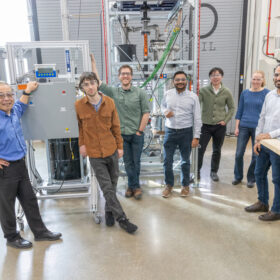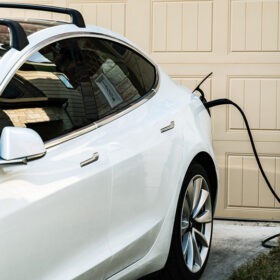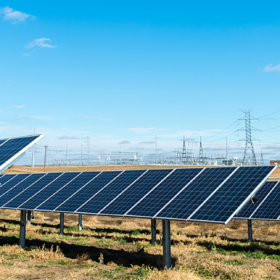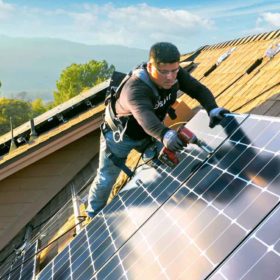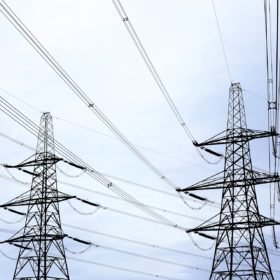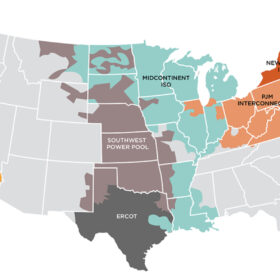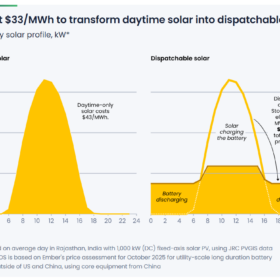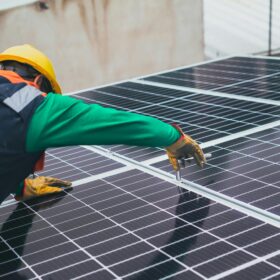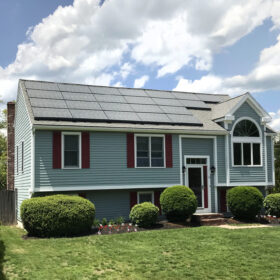DOE funds heated sand energy storage project pilot
A modeled commercial-scale project storing energy in heated sand could produce 135 MW of power for five days. The U.S. Department of Energy is funding a pilot project intended to demonstrate commercial viability.
Rural electric co-ops lend money to customers to improve energy efficiency
Some rural electric cooperative utilities allow customers to pay off energy efficiency improvement loans through their utility bills. That contributes to energy efficiency’s role in the renewables transition.
1100 GW solar and 1000 GW storage now await transmission interconnection
Solar, wind and battery storage accounted for nearly 95% of the capacity in transmission interconnection queues as of year-end 2023, based on preliminary data from Berkeley Lab, presented in a staff report from the Federal Energy Regulatory Commission.
Oregon makes it easier to connect distributed solar and storage
Oregon has enabled more solar on each distribution circuit by setting smart inverter requirements, and has made it easier for export-limiting distributed storage projects to receive interconnection approval.
Group challenges anti-renewables messaging of 50-state policy network
The pro-renewables Energy and Policy Institute has challenged the state-level energy policy work of the State Policy Network, which reports annual revenues of $24 million and combined annual revenues across its 150 think tank members of $188 million.
Amazon Web Services helps Duke Energy complete power flow studies in hours, not months
Adding residential solar or commercial-scale electric vehicle chargers on a utility’s distribution feeder may require the utility to conduct power flow calculations. Duke Energy can now complete those studies in hours, an Amazon executive said at a policy forum held by ACORE.
Grid operators in California and Texas earn “B” grades, others score poorly
With two million megawatts of generation and storage projects awaiting interconnection studies across the U.S., a report gives grid operators grades for their interconnection processes ranging from B to D-.
Grid operator PJM could add 5.5 GW of renewables with grid-enhancing technologies
Deploying GETs technologies in the PJM grid region would have a 70-to-1 benefit-cost ratio, finds an analysis by Quanta Technology. The nonprofit RMI published the analysis, and aims for it to be replicated to evaluate GETs in interconnection studies.
Groups call on TVA’s board to pursue 100% clean energy
The federally owned utility TVA has not held a public hearing on its resource planning process, so advocacy groups held their own hearing, presenting a plan for TVA to reach 100% clean energy by 2035. Two groups called for TVA’s board to ensure the utility reaches that target.
Puerto Rico distributed solar climbs to 680 MW, residential storage to 1.6 GWh
While distributed solar and storage are advancing quickly in Puerto Rico, utility-scale solar and storage procurements ordered by Puerto Rico regulators in 2020 have made little progress.
